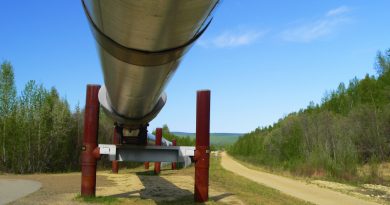U.S. tariffs threatening Indigenous tourism rebound in North
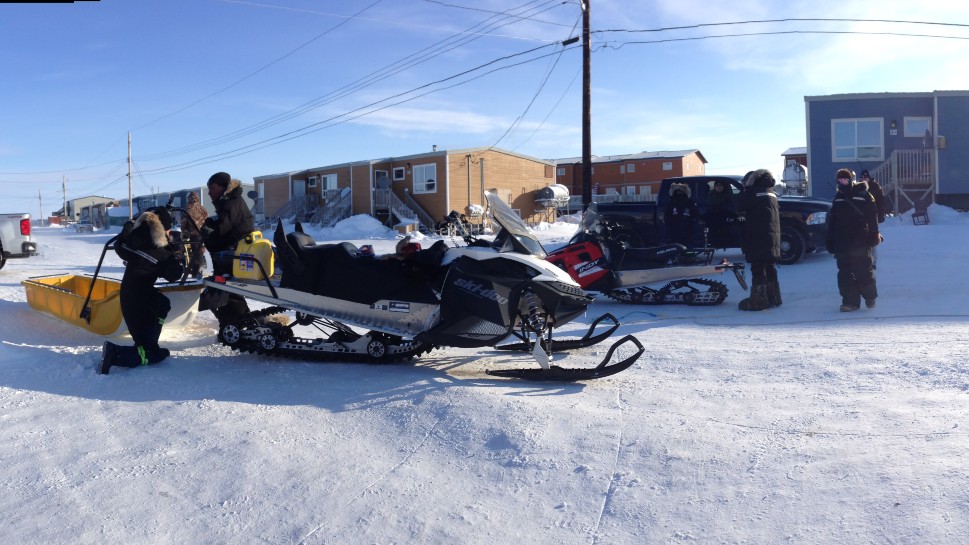
U.S. tariffs are threatening the Indigenous tourism rebound in northern Canada, just as the industry was starting to emerge from the shadow of COVID-19, says the organization that works to support and promote Indigenous businesses and entrepreneurs working in the sector.
Indigenous tourism experienced its best tourism year in 2019 before being hammered by COVID-19 when the pandemic was declared in March 2020, the Indigenous Tourism Association of Canada (ITAC) said.
The industry has yet to fully recover to pre-pandemic levels, especially in the Yukon, Northwest Territories, and Nunavut, the association said.
And despite the creation of new businesses, and an increase in domestic and international consumer interest, tourism volumes—both international and domestic—remain below expectations, ITAC President and CEO Keith Henry told Eye on the Arctic.
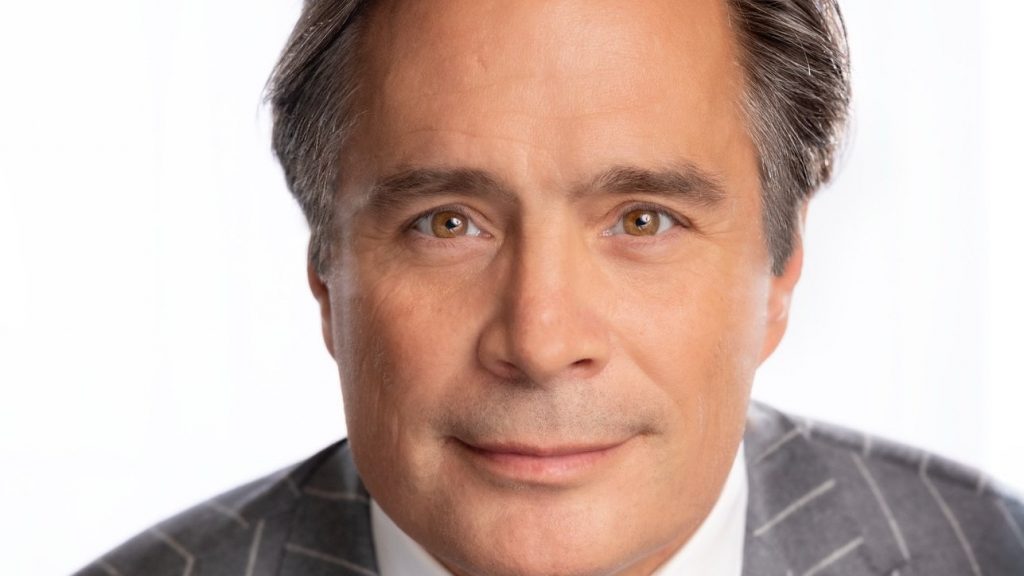
“The good news is there’s no lack of interest from tourists or Indigenous entrepreneurs, but the challenges—particularly with infrastructure and travel—are still very real,” Henry said.
Despite surge in culturally immersive tourism, barriers remain for North
Although domestic and international interest in unique, culturally immersive tourism has surged post-COVID, visitors from key markets—especially the U.S.—haven’t returned to pre-pandemic levels, Henry said.
And now, an extended tariff war with the U.S. could discourage American tourists from visiting northern Canada, where U.S. tourists have historically been a significant demographic for high-spending activities like fishing and hunting.
“We were starting to see a return and even growth in some of those areas, but to be really candid about it, with the current tariff situation, I do worry about what’s going to happen this summer,” Henry said.
Amongst challenges, rising tourism ventures highlight resilience
But it’s not all doom and gloom.
Companies like Aurora Village in the Northwest Territories and Qikiqtaaluk Corporation’s Aqsarniit Hotel and Conference Centre in Iqaluit, Nunavut are having continued success, and guided outdoor adventures—such as fishing, hunting, and Northern Lights experiences—continue to draw tourists, Henry said.
“People are no longer just chasing luxury,” Henry said. “They want to know about the land, the animals, and the stories of the people.”
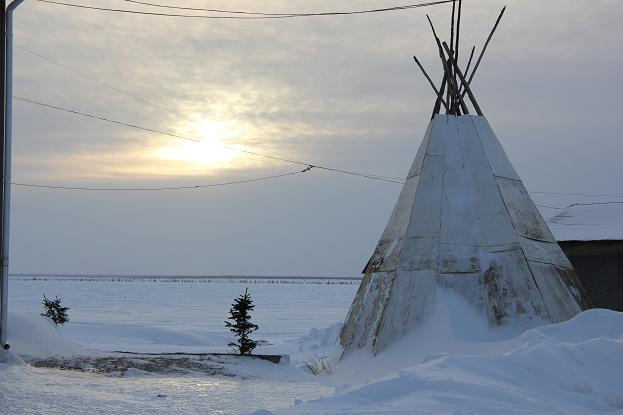
The rise of such businesses is encouraging, but Henry stressed that long-term recovery will require significant investment in both marketing and infrastructure as the lack of reliable transportation and limited infrastructure in the North remain major roadblocks for the industry.
With few major airlines servicing these regions, getting tourists to remote destinations remains costly and inefficient, he said.
Improved collaboration, coordination needed
To help address this, ITAC is focusing on two major goals in the months ahead: accrediting more Indigenous tourism businesses through its Original Branding Program, and expanding marketing efforts in key international markets, including Asia and Europe.
“We have big plans to attract more visitors from markets like France, Germany, and Japan, while also continuing to build on the existing U.S. market,” Henry said.
“But we also need to focus on making our destinations more accessible and easier to navigate, especially for international visitors.”
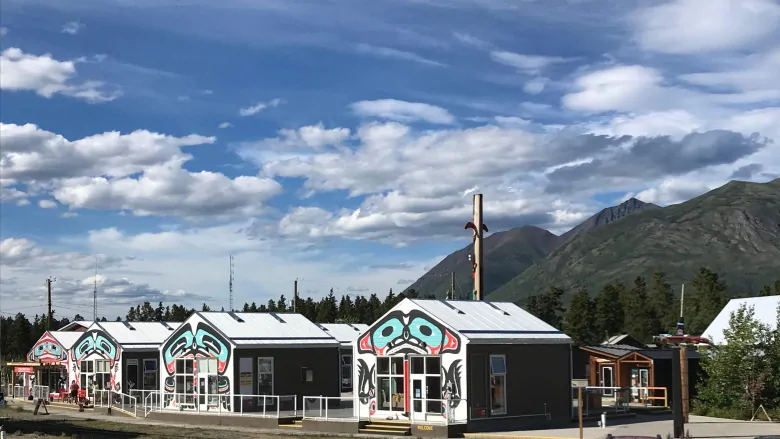
Greater collaboration between Indigenous tourism organizations, governments, and the private sector in the years ahead will also be important for the sector’s growth, Henry said.
This includes working with local airports and airlines to create more awareness about Indigenous tourism opportunities, and ensure that Northern regions are equipped to meet the needs of travellers, he said.
“We need to be strategic and work together,” Henry said
“The potential is there, but it will take time, investment, and commitment from all sectors to turn that potential into tangible growth.”
Comments, tips or story ideas? Contact Eilís at eilis.quinn(at)cbc.ca
Related stories from around the North:
Canada: $1M CanNor investment looks to boost First Nations-led economy, tourism projects, Eye on the Arctic
Finland: Not-so snowy start to winter casts a gloomy shadow over Lapland tourisms, Yle News
Greenland: New Copenhagen-Kangerlussuaq flight aims to boost Greenland tourism, Eye on the Arctic
Iceland: Iceland moving ahead on better ways to manage tourism & safeguard protected areas, Eye on the Arctic
Sweden: Reindeer herding affected by increased tourism in Swedish mountains, Radio Sweden


